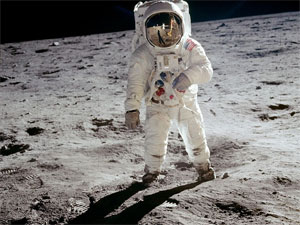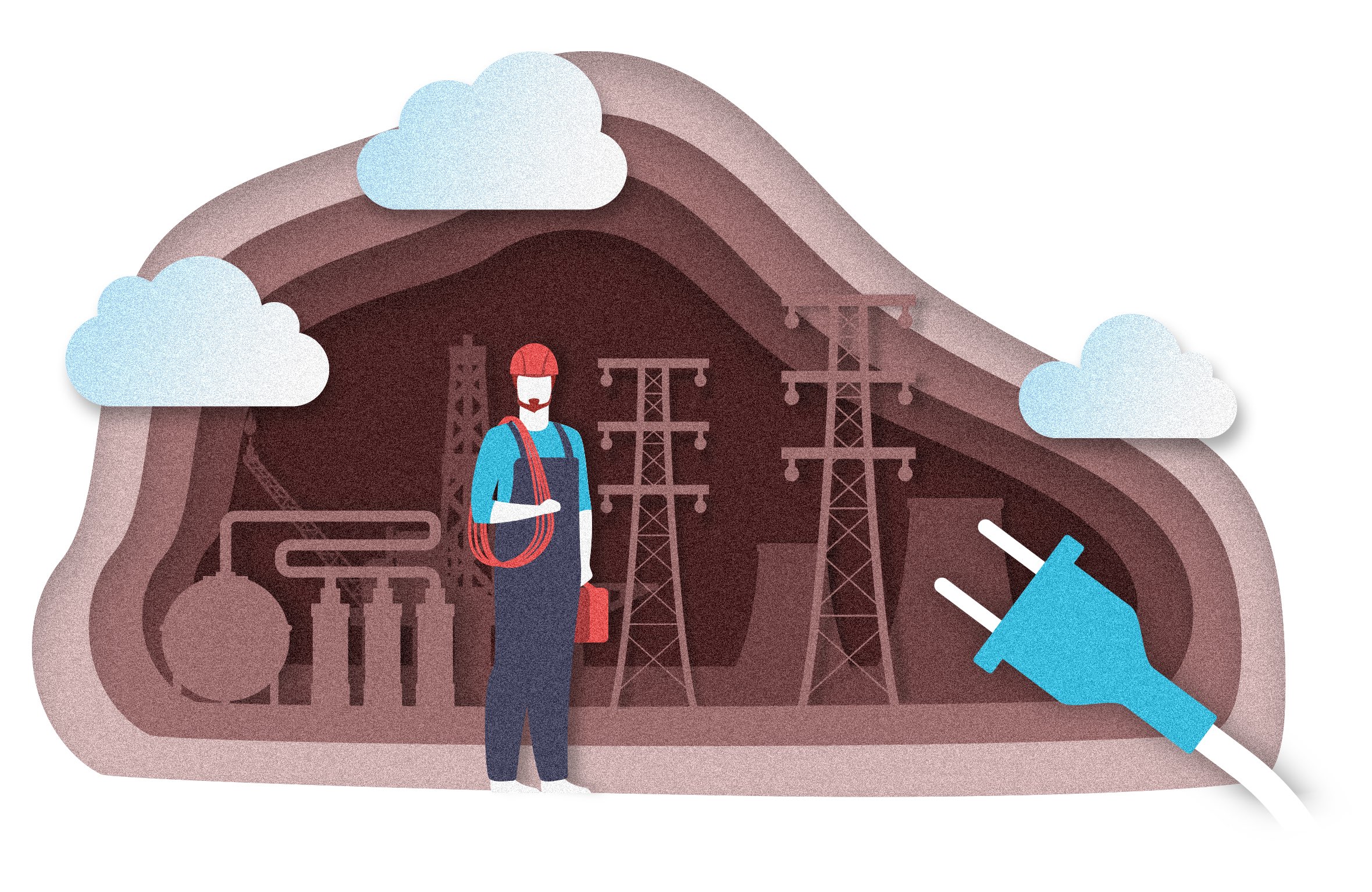Iconic Apollo Spacesuit Honored As One Of History’s Greatest Engineering Achievements
Iconic Apollo Spacesuit Honored As One Of History’s Greatest Engineering Achievements
NEW YORK, Sept. 20, 2013 – The iconic Model A7L spacesuit, made famous by Astronauts Neil Armstrong and Buzz Aldrin during their Apollo 11 mission to the moon and worn by American astronauts on ten other Apollo missions, was formally inducted into the pantheon of the world’s great engineering achievements at a special ceremony on Sept. 20, at the Delaware headquarters of its designers.
The American Society of Mechanical Engineers (ASME) formally designated the Model A7L a Historic Mechanical Engineering Landmark, at ILC Dover, Inc., Frederica, Delaware.
ILC designed the suit, consisting of a torso assembly that integrated the arms, legs, and boots into a single pressurized garment. The spacesuit features a specially-engineered ventilation system to allow the flow of pure oxygen, signal telemetry to monitor heart rates and other conditions, a system for the continuous flow of cool water, and a thermal micrometeoroid outer layer to protect against solar radiation and other hazards.
“The Model A7L space suit protected Apollo astronauts from the harsh conditions of space while providing good mobility, particularly on the lunar surface,” reads the text of the ASME award presented to ILC at the ceremony. “Each suit served as an independent, personal spacecraft that furnished all life support, hazard protection, communication, and comfort features needed by an astronaut.”
The suits were worn on eleven Apollo missions from 1968 to 1972, including Apollo 11, which landed Neil Armstrong and Buzz Aldrin on the moon. The space suit, while complex from a design engineering standpoint, was a highly practical garment that allowed NASA’s astronauts the mobility and flexibility to walk the lunar surface, handle cameras and other equipment, and manage delicate research tasks.
The Apollo space suit is one of more than 250 historic landmarks that ASME has cited for their social significance and role in advancing the progress of mechanical engineering.
About ASME
ASME helps the global engineering community develop solutions to real world challenges. Founded in 1880 as the American Society of Mechanical Engineers, ASME is a not-for-profit professional organization that enables collaboration, knowledge sharing and skill development across all engineering disciplines, while promoting the vital role of the engineer in society. ASME codes and standards, publications, conferences, continuing education and professional development programs provide a foundation for advancing technical knowledge and a safer world.
Contact:
Deborah Wetzel
212-591-7085
wetzeld@asme.org
Online Pressroom: http://www.asme.org/about-asme/media-inquiries



